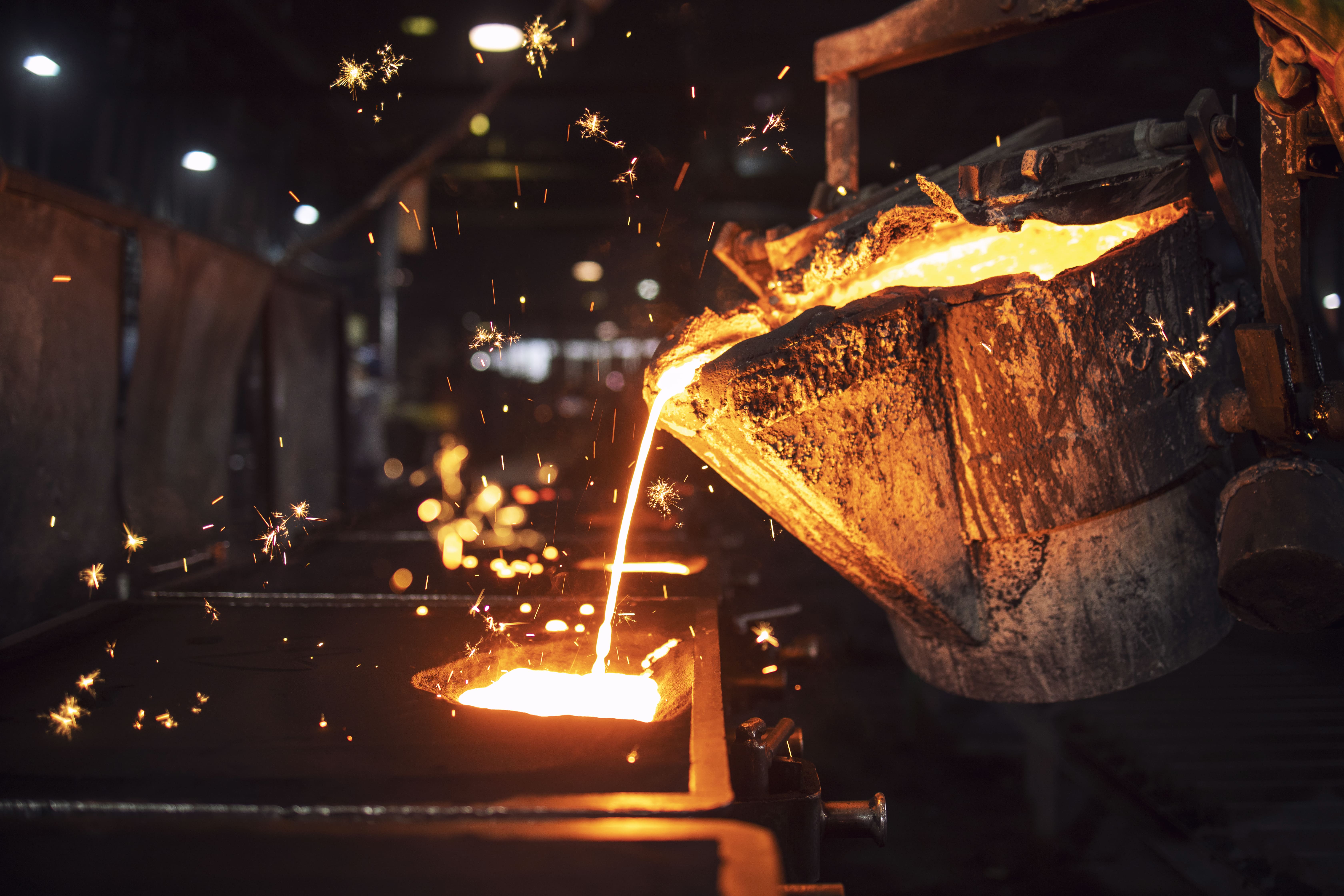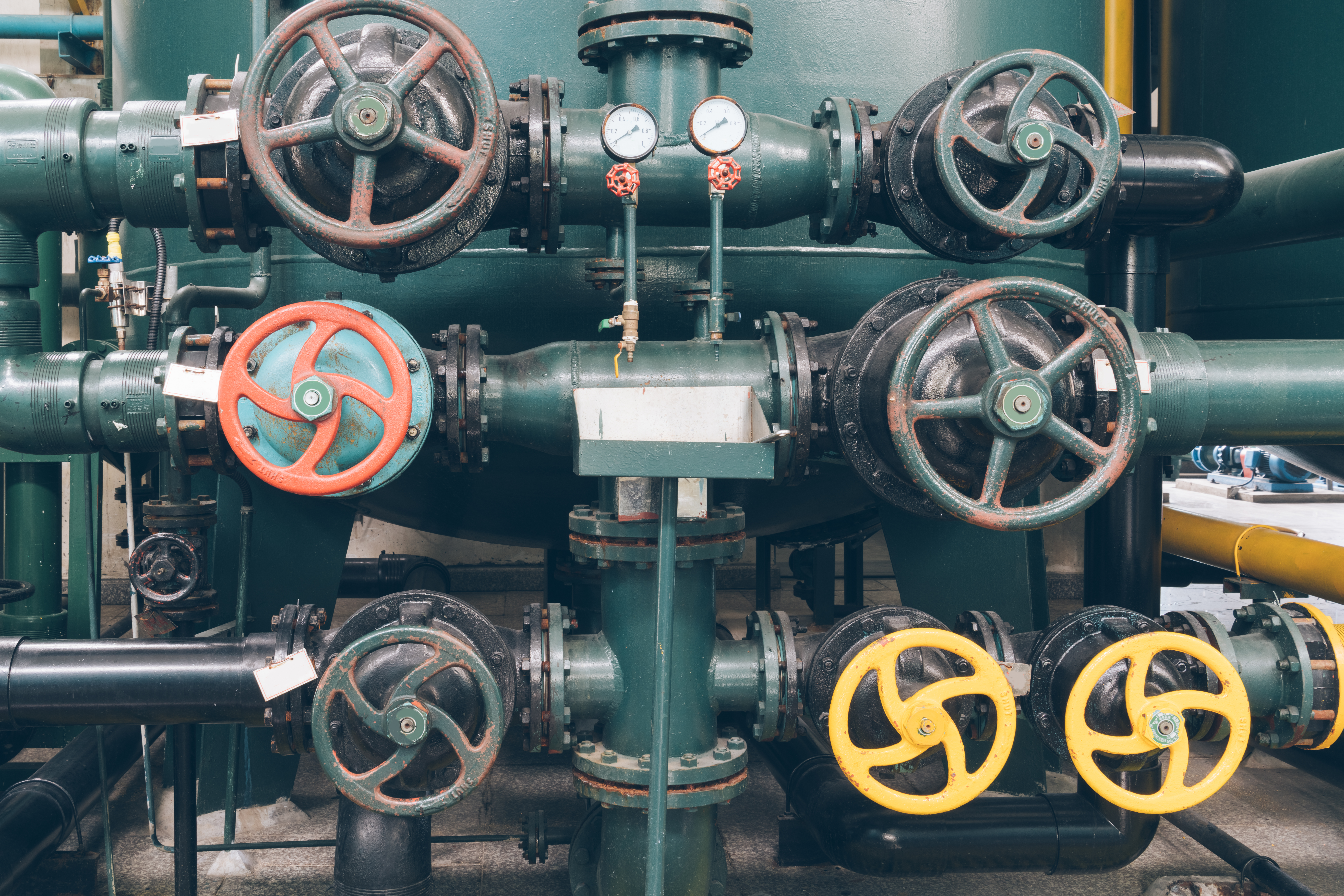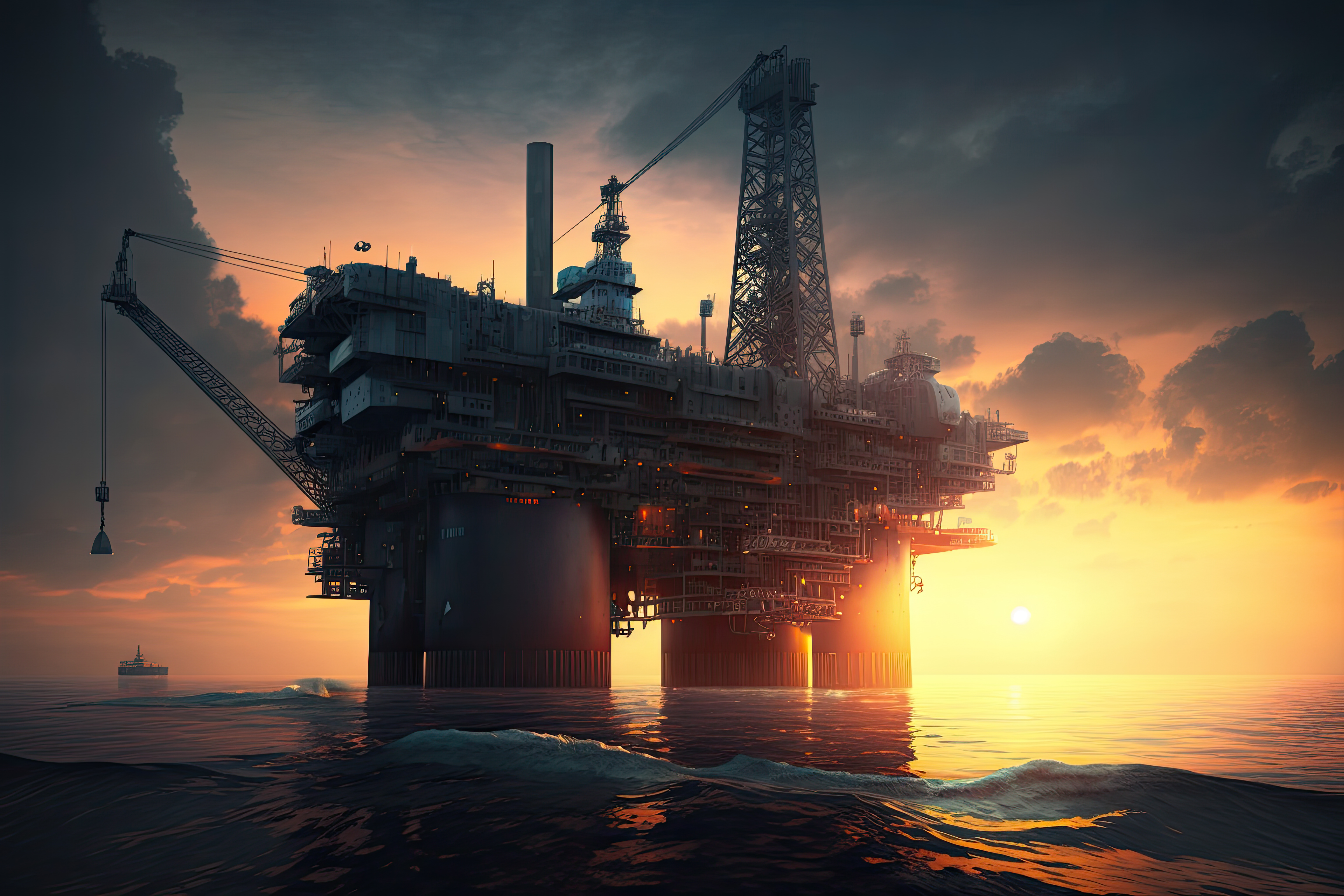From Foundry to Field: Heavy-Duty Castings That Work as Hard as You Do

From Foundry to Field: Heavy-Duty Castings That Work as Hard as You Do
- Commercial
- September 04, 2025
Heavy Duty in Mining? It's a Whole Different Beast
If you’ve ever stood next to a jaw crusher in action or watched slurry chew through steel like it’s soft butter, you know ‘heavy-duty’ in mining isn’t just a buzzword, it’s survival.
In this world, castings aren’t decorative. They’re critical. They get buried under rock, slammed with shock loads, rattled by vibration, and worn down by materials designed to destroy everything they touch. And they’re expected to hold it all together without cracking, warping, or calling it quits.
These parts go into places like jaw crushers and cone crushers, slurry pumps and processing valves, excavators and draglines, grinding mills and feeders, conveyor systems and screening machines, etc.
They have to carry, crush, channel, or withstand some of the most punishing forces imaginable. And they need to keep doing it without cracking or warping day after day.
Why Steel Castings Still Rule the Pit
As a raw material, steel still takes the cake when it comes to mining castings.
It’s got the strength and durability for thick parts that take a beating. The alloy choice depends on whether the part needs to fight heat, corrosion, abrasion, or a mix of these.
Take crusher jaws, for instance. High-manganese steel is the go-to for use here because it actually gets harder every time it takes a hit.
Chromium-alloyed steels are the choice for slurry pumps and pipes that face heavy wear.
And if corrosion’s a big concern, stainless steel variants are a smart pick in chemical-rich areas.
The thing is, you need to use thick walls in case you are dealing with high-impact areas. But it is not that easy to cast those thick sections.
You need a skilled foundry to make sure the material cools evenly and avoids problems like shrinkage voids or weak spots. We will talk about this a bit later in this post.
Quality Control for Mining Equipment
Mining equipment should not fail out of nowhere. Because it can bring up so much loss.
That’s why quality control in casting is everything. You want the kind of casting that’s been x-rayed, ultrasonically tested, and double-checked for dimensional accuracy. You want to know the foundry isn’t guessing.
At the kind of foundries that understand mining (you know the type), parts go through:
- Non-destructive testing
- Dimensional inspections
- Controlled heat treatment
- Full traceability of materials
Because when your casting ends up 1,000 meters underground or halfway through a crushing cycle, you don’t get a second chance.
Custom Castings That Actually Fit the Job
Off-the-shelf rarely cuts it in mining. Maybe you’ve been there: trying to modify a part to “make it work,” only to have it wear out in half the time.
That is where custom-engineered castings come into play. Simply, they perform better. They’re tailored in alloy, shape, thickness, and heat treatment for the exact job they’re meant to do.
Maybe it needs to deflect impact loads. Maybe it needs to resist thermal cycling. Or maybe it’s all about abrasion. Each challenge needs its own solution.
And a good foundry will treat each component like it’s a one-of-a-kind part. Because, in your operation, it probably is.
Castings for Mining Need to be Built for the Long Haul
In mining, it’s not about the cheapest part; it’s about the part that lasts.
High-quality casting might cost a bit more up front, but it can save you thousands in the long run. Less downtime and fewer replacements mean less risk of catastrophic failure. Which in turn brings more uptime. More production. More sleep at night.
A good casting quietly does its job, shift after shift. A bad one? It makes noise. The expensive kind.
Where These Castings Work the Hardest
You’ll find heavy-duty castings in every corner of the mining world:
- In Underground mining, you will find them in LHDs, drill rigs, and rail transport
- In Surface mining, you will find them in excavators or haul trucks alike
- In Mineral processing, these are found in equipment like pumps, cyclones, screens, and flotation cells
- In Bulk material handling, these are seen in conveyor systems or chutes
Each of these environments brings a different set of demands. So every casting needs to be built with those in mind.
An Expert Foundry Can Help You a Lot
Let’s be honest. If you’ve worked in mining for more than a week, you’ve probably seen a part fail in the middle of a shift. It’s loud. It’s frustrating. And most problems show up when things are at full speed.
That’s why it is very helpful to work with an expert foundry. They don’t just know what steel alloy to use but understand why that part matters in the bigger picture. They will treat every component like it's going into their own site.
FAQs on Heavy-Duty Castings for Mining Equipment
Here you will find some important questions about castings for mining in this section.
What’s the heaviest casting you can make for mining gear?
They can weigh anywhere from just a few kilos up to several tons.
Which alloys are best for mining castings?
It depends on the working conditions and demand. Typically, you will see High-manganese steel, low-alloy carbon steel, and chromium-rich alloys being used as per the necessity.
Can I get replacement castings for legacy equipment?
Absolutely. With good drawings or samples, castings can be reverse-engineered and improved for better performance.
How long does it take to produce a custom mining casting?
It varies based on size and complexity, but a general range is 6 to 12 weeks, including pattern making, casting, machining, and testing.
Before We Go
In mining, nothing’s gentle. And your castings shouldn’t be either.
Whether it's a valve body controlling corrosive slurry or a crushing plate taking hits all day long, these components need to show up and keep showing up.
Heavy-duty castings for mining equipment aren’t just metal; they are a promise. A promise that when the ground shakes, your gear holds firm.
And if you ever need someone to help make that promise hold up? You probably know who to call.



Share This News